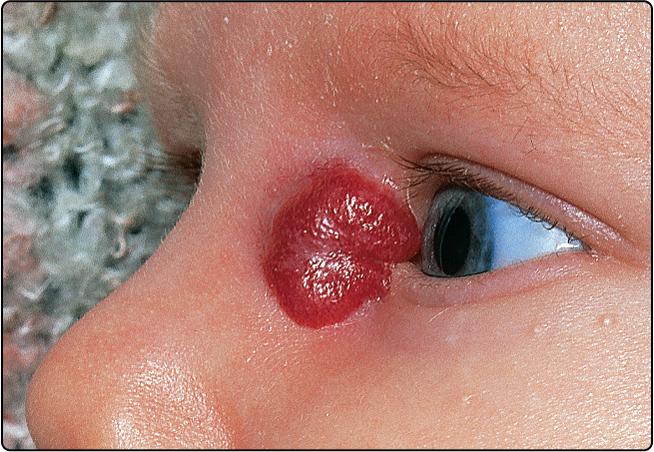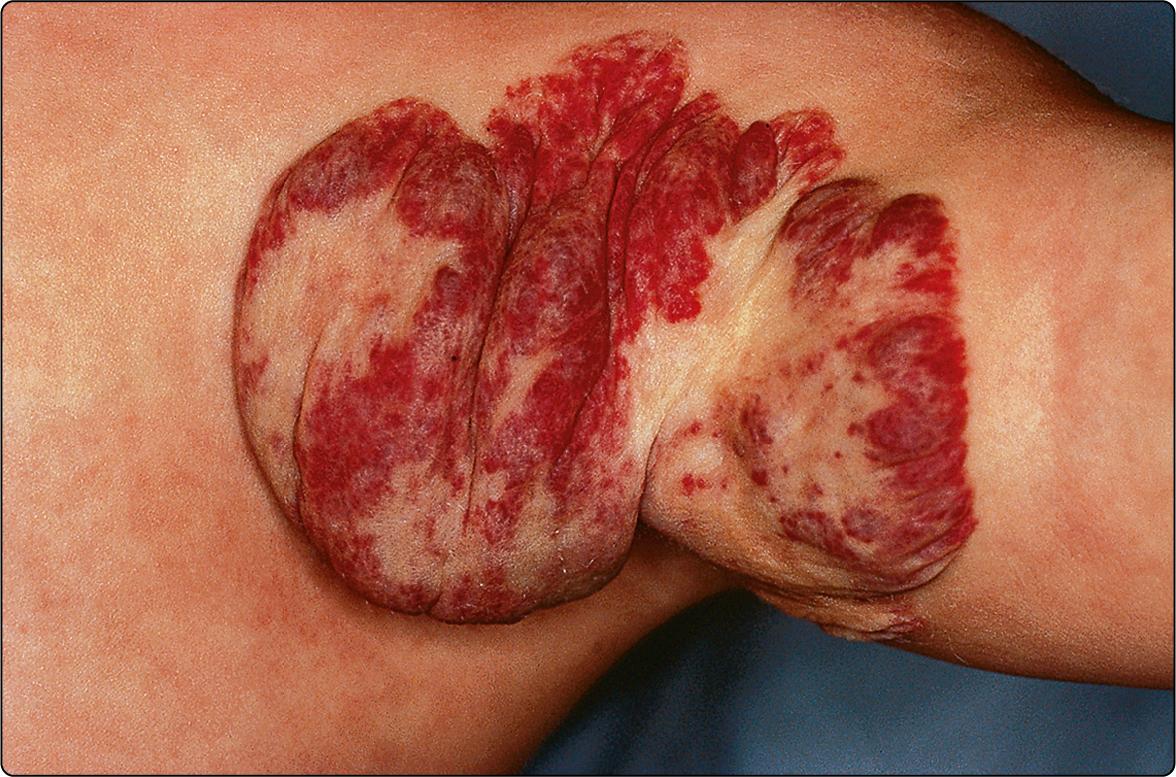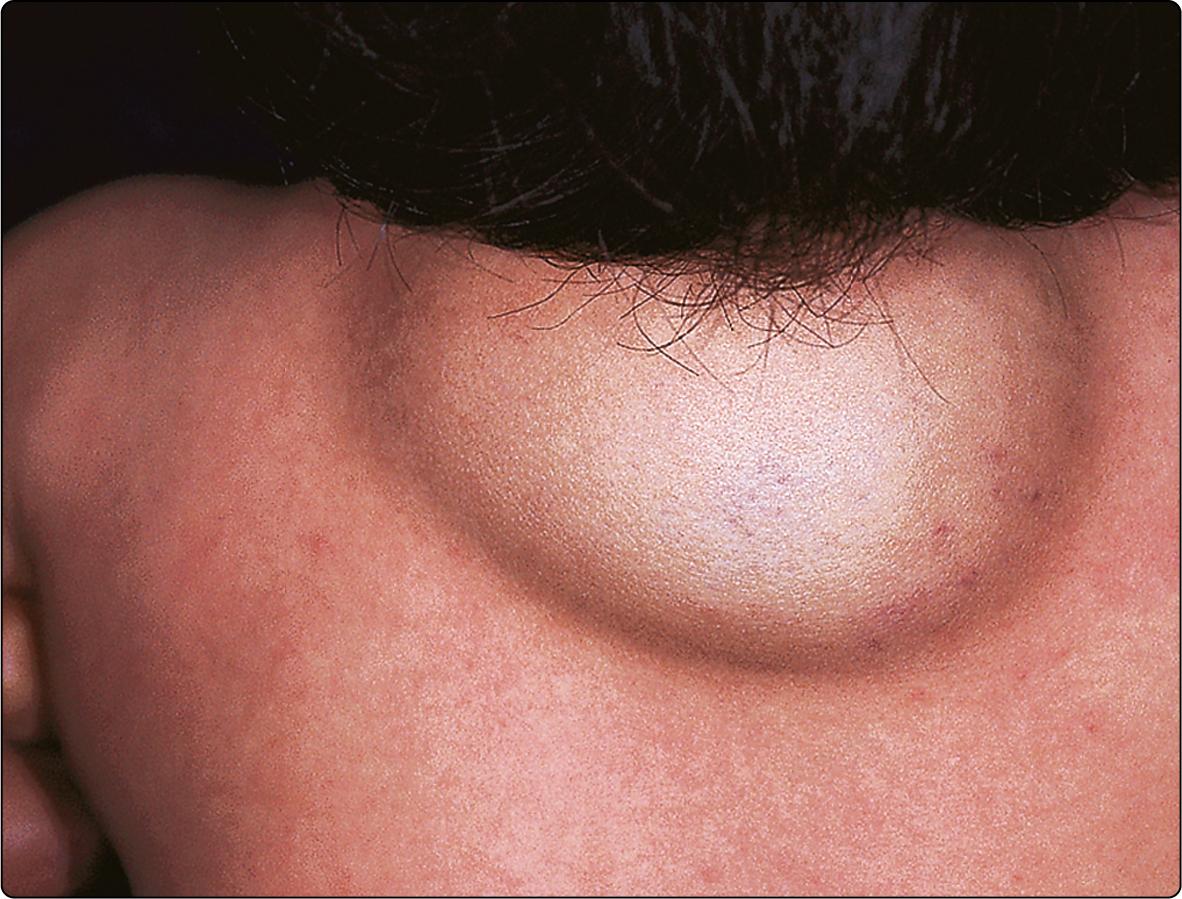Physical Address
304 North Cardinal St.
Dorchester Center, MA 02124
The classification of vascular tumours can seem complicated, but it is important since prognoses differ, and some types are systemic, with internal organ involvement ( Box 67.1 ).
Infantile haemangioma
Congenital haemangioma
Rapidly involuting
Non-involuting
Rare forms, e.g. tufted angioma
Capillary (slow flow)
Venous (slow flow)
Lymphatic (slow flow)
Arteriovenous (fast flow)
Combined: capillary, venous, arterial, lymphatic (slow and/or fast flow)
Infantile haemangiomas are the most common childhood tumour, affecting about 10% of infants at 1 year, with a neonatal prevalence of 1%–3%. They show a threefold female preponderance. Infantile haemangiomas are benign endothelial proliferations, often found on the head or neck ( Fig. 67.1 ). Typically they grow over the first months of life, then slowly involute usually regressing by 5–7 years, leaving atrophy, unlike most vascular malformations that do not ( Fig. 67.2 ).


Infantile haemangiomas include what were previously called capillary haemangioma and strawberry naevus. About a half are superficial, 15% deep and a third ‘mixed’ ( Fig. 67.3 ). They are multiple in a quarter of cases. When segmental, extracutaneous anomalies are possible.

Congenital haemangiomas reach maximum size at birth, do not show a postnatal growth phase and are either rapidly involuting or non-involuting in type. The rapidly involuting form is a bluish–purple plaque or tumour with telangiectasia. The non-involuting type is round or ovoid, and pink-purple in colour with central pallor. Both forms occur on the head, limb or near a joint.
Become a Clinical Tree membership for Full access and enjoy Unlimited articles
If you are a member. Log in here